What is network forensics?
Taking a closer look at how cyber threats are investigated at a network level
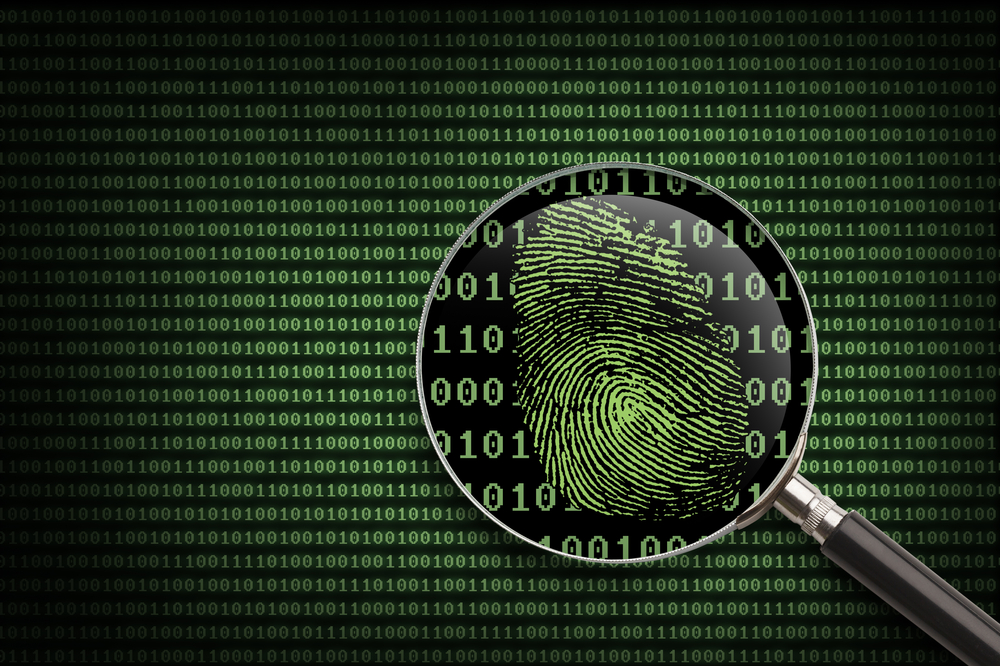

It’s long been touted that businesses need to adopt the most cynical of approaches when it comes to analysing and building their security posture. Much talk has been made of a zero trust framework to model security in recent years and it’s now somewhat of a fashionable term.
It’s a good starting point for businesses and the approach means companies are now looking at their security strategy more holistically, much like how a digital forensics expert would when called in following a breach.
Network forensics falls under the digital forensics umbrella and is related to the investigation of evidence left behind on a network following a cyber attack. This evidence provides clues as to what weaknesses led to the breach and who may be behind it. Regardless of the ‘who’, it’s the ‘how’ question that gets answered with a thorough sweep of the network - knowing how a breach occurred allows businesses to draw actionable conclusions about the state of its security and apply fixes accordingly.
Analysing the events leading up to an attack in granular detail not only helps businesses understand where their weak points are but also helps them to prevent future attacks and create an iron-clad response strategy for if, or when, the worst-case scenario does happen again.
Such a strategy is incredibly important for businesses to have in their back pockets as it can minimise downtime when attacks do take place and protect data to the fullest possible extent. This, in turn, helps mitigate any punishments that may come from violating any cyber security or data protection laws, like GDPR.
What is network forensics?
Essentially, network forensics is a sub-branch of the practice of digital forensics itself a branch of forensic science - whereby experts and law enforcement look into technology or data that may contain evidence of a crime or attribute evidence to suspects, cross-reference statements or check alibis.
RELATED RESOURCE
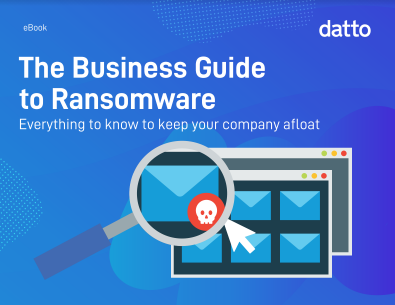
The business guide to ransomware
Everything you need to know to keep your company afloat
Network forensics, unsurprisingly, refers to the investigation and analysis of all traffic going across a network suspected of use in cyber crime, say the spread of data-stealing malware or the analysis of cyber attacks.
Get the ITPro daily newsletter
Sign up today and you will receive a free copy of our Future Focus 2025 report - the leading guidance on AI, cybersecurity and other IT challenges as per 700+ senior executives
Law enforcement will use network forensics to analyse network traffic data harvested from a network suspected of being used in criminal activity or a cyber attack. Analysts will search for data that points towards human communication, manipulation of files, and the use of certain keywords for example.
With network forensics, law enforcement and cyber crime investigators can track communications and establish timelines based on network events logged by network control systems.
Outside of criminal investigations, network forensics is commonly used to analyse network events in order to track down the source of hack attacks and other security-related incidences.
This can involve looking at suspect areas of the network, collecting information on anomalies and network artefacts, and uncovering incidents of unauthorised network access.
There are two methods of overarching network forensics, the first being the "catch it as you can" method, which involves capturing all network traffic for analysis, which can be a long process and requires a lot of storage.
The second technique is the "stop, look and listen" method, which involves analysing each data packet flowing across the network and only capturing what is deemed as suspicious and worthy of extra analysis; this approach can require a lot of processing power but does not need as much storage space.
RELATED RESOURCE

Unlike digital forensics, network forensics are more difficult to carry out as data is often transmitted across the network and then lost; in computer forensics data is more often kept in disk or solid-state storage making it easier to obtain.
It is worth noting that privacy and data protection laws restrict some active tracking and analysis of network traffic without explicit permission, so if you are planning to apply network forensics tools be aware that you must comply with privacy laws.
Network forensics can also be used in a proactive fashion to dig out flaws in networks and IT infrastructure, thereby giving IT administrators and information security officers the scope to shore up their defences against future cyber attacks.

Keumars Afifi-Sabet is a writer and editor that specialises in public sector, cyber security, and cloud computing. He first joined ITPro as a staff writer in April 2018 and eventually became its Features Editor. Although a regular contributor to other tech sites in the past, these days you will find Keumars on LiveScience, where he runs its Technology section.
-
 Bigger salaries, more burnout: Is the CISO role in crisis?
Bigger salaries, more burnout: Is the CISO role in crisis?In-depth CISOs are more stressed than ever before – but why is this and what can be done?
By Kate O'Flaherty Published
-
 Cheap cyber crime kits can be bought on the dark web for less than $25
Cheap cyber crime kits can be bought on the dark web for less than $25News Research from NordVPN shows phishing kits are now widely available on the dark web and via messaging apps like Telegram, and are often selling for less than $25.
By Emma Woollacott Published
-
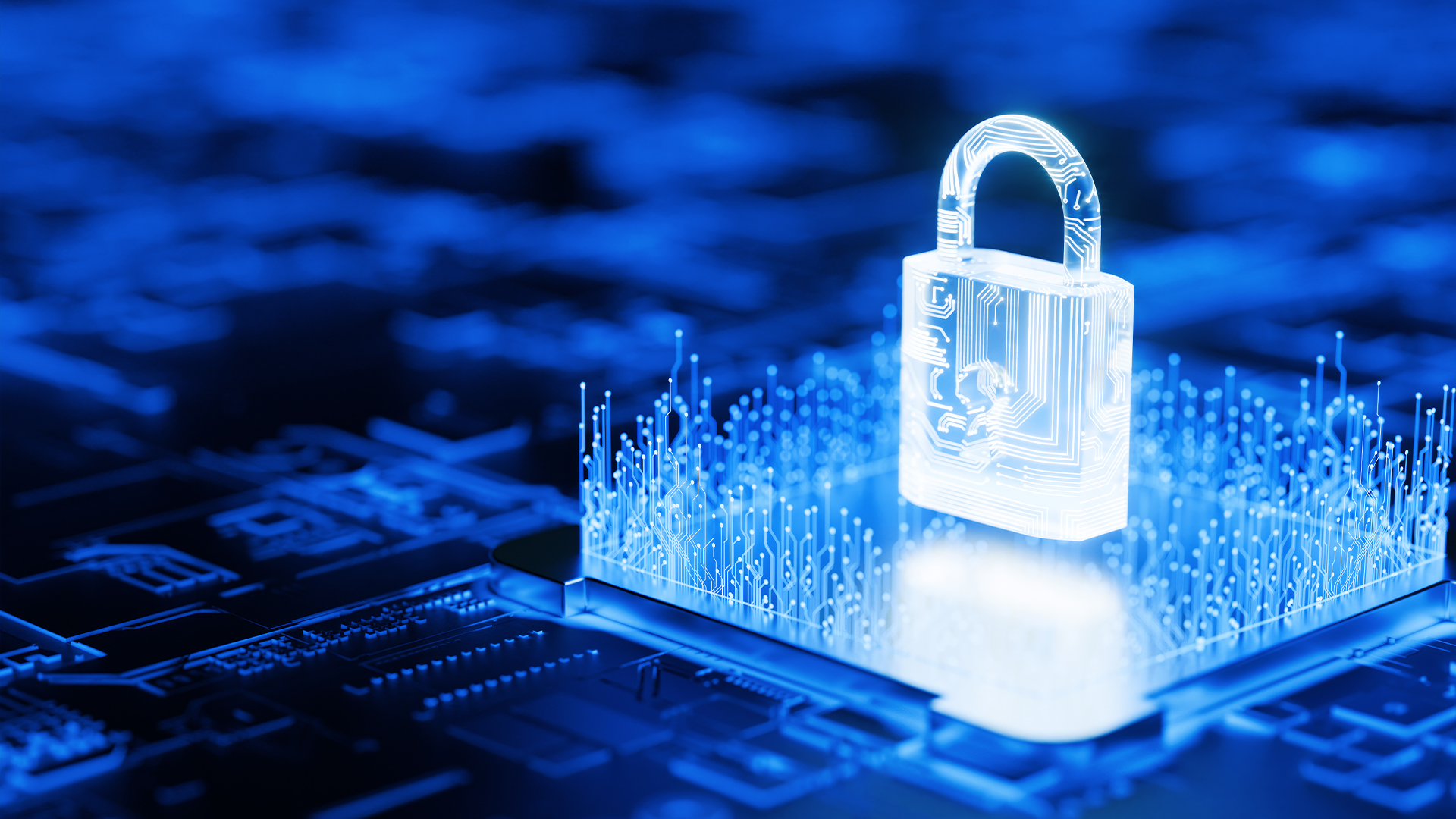 Billions of IoT devices will need to be secured in the next four years – zero trust could be the key to success
Billions of IoT devices will need to be secured in the next four years – zero trust could be the key to successNews Researchers have warned more than 28 billion IoT devices will need to be secured by 2028 as attacks on connected devices surge.
By Emma Woollacott Published
-
 Cisco claims new smart switches provide next-level perimeter defense
Cisco claims new smart switches provide next-level perimeter defenseNews Cisco’s ‘security everywhere’ mantra has just taken on new meaning with the launch of a series of smart network switches.
By Solomon Klappholz Published
-
 Five Eyes cyber agencies issue guidance on edge device vulnerabilities
Five Eyes cyber agencies issue guidance on edge device vulnerabilitiesNews Cybersecurity agencies including the NCSC and CISA have issued fresh guidance on edge device security.
By Emma Woollacott Published
-
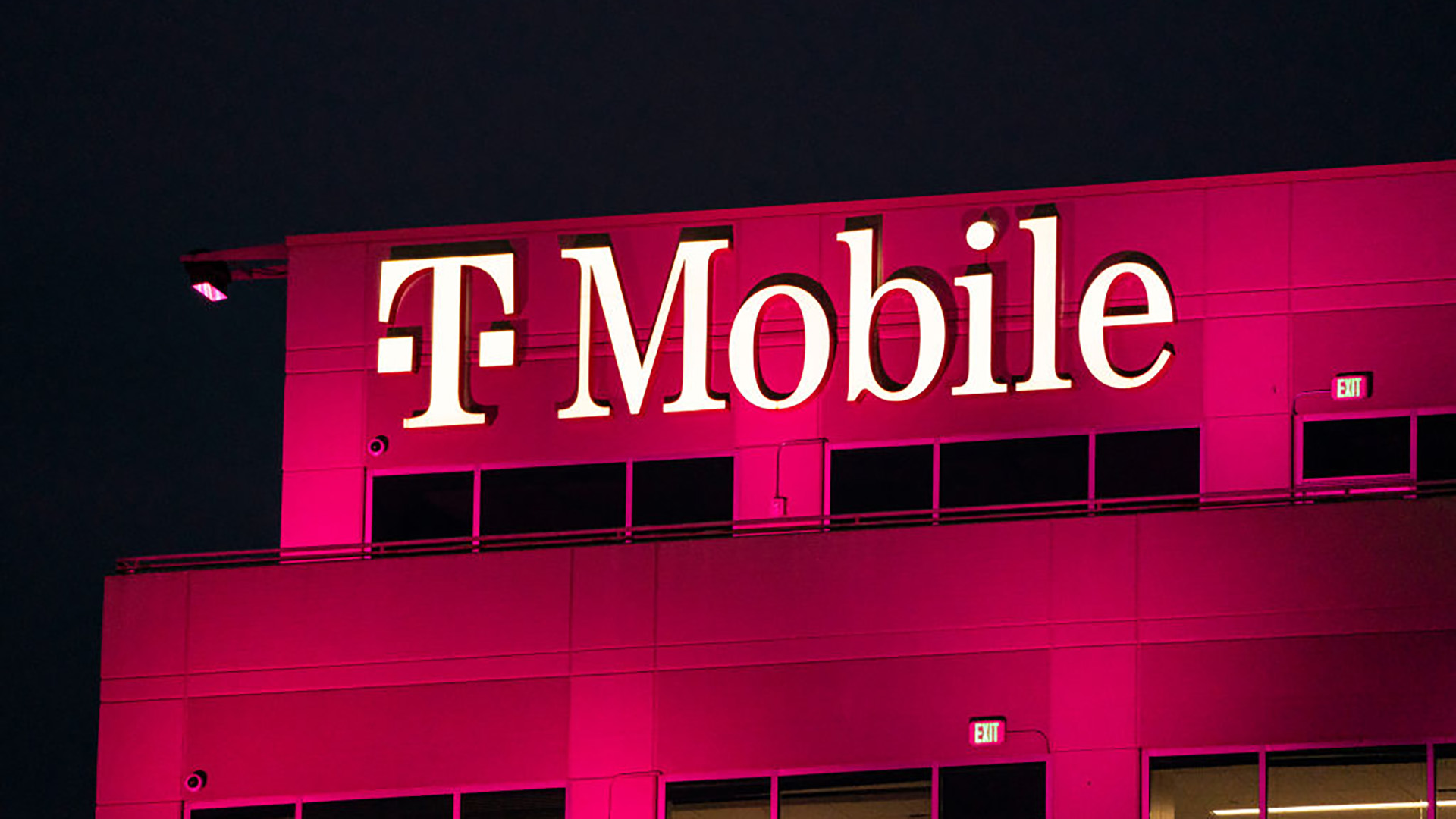 T-Mobile security chief insists its defenses stood up to attacks linked to Salt Typhoon
T-Mobile security chief insists its defenses stood up to attacks linked to Salt TyphoonNews No T-Mobile customers or services were affected after its security teams detected suspicious activity on their routers
By Solomon Klappholz Published
-
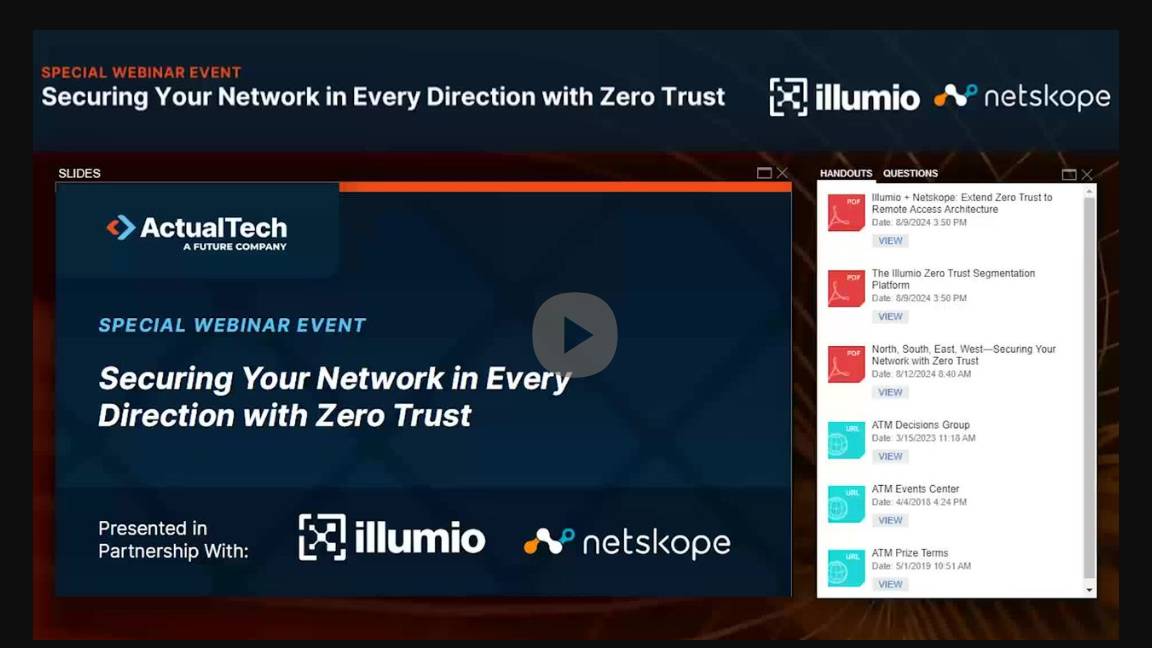 Securing your network in every direction with zero trust
Securing your network in every direction with zero trustWhitepaper Webinar on the evolution of network security
By ITPro Published
-
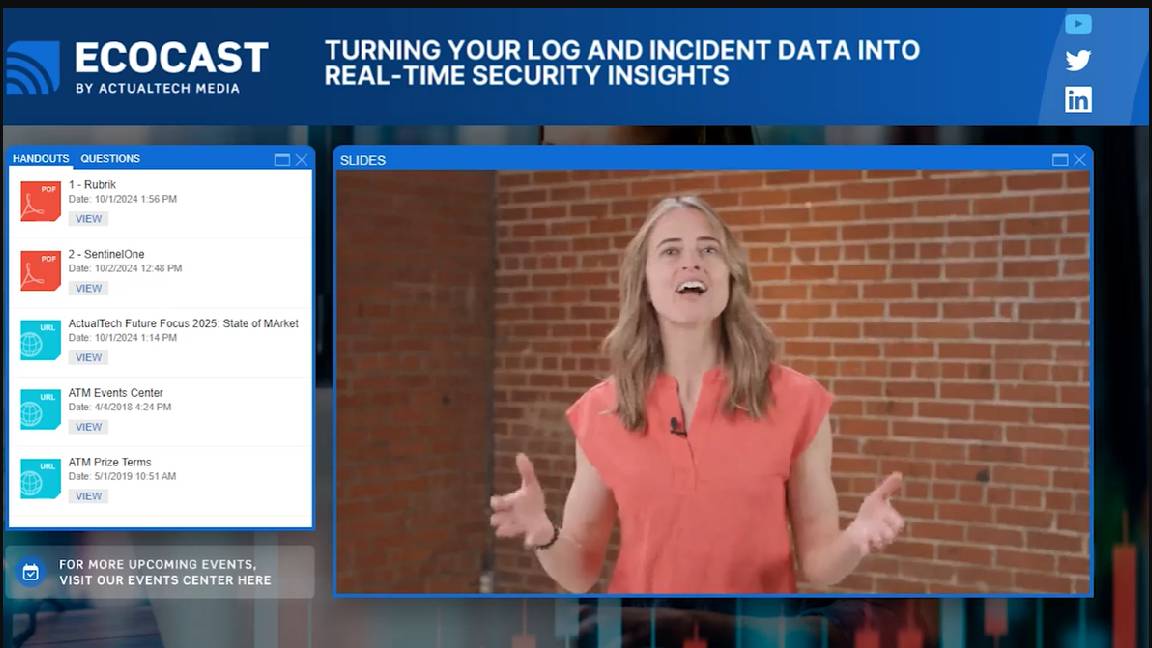 Turning your log and incident data into real-time security insights
Turning your log and incident data into real-time security insightsWhitepaper Integrate multiple data sources for a comprehensive security view
By ITPro Published
-
 Do more with less: Optimizing servers with HPE to maximize VMware licensing
Do more with less: Optimizing servers with HPE to maximize VMware licensingWhitepaper Your trusted guide through the changes in the virtualization market
By ITPro Published
-
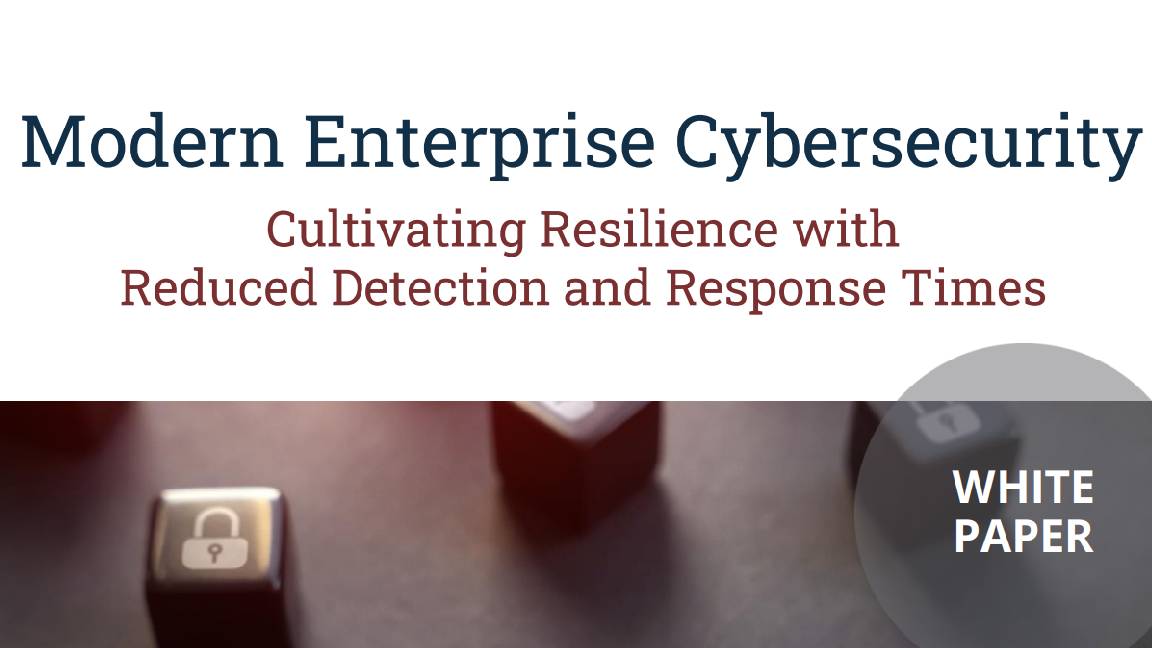 Modern enterprise cybersecurity
Modern enterprise cybersecuritywhitepaper Cultivating resilience with reduced detection and response times
By ITPro Published